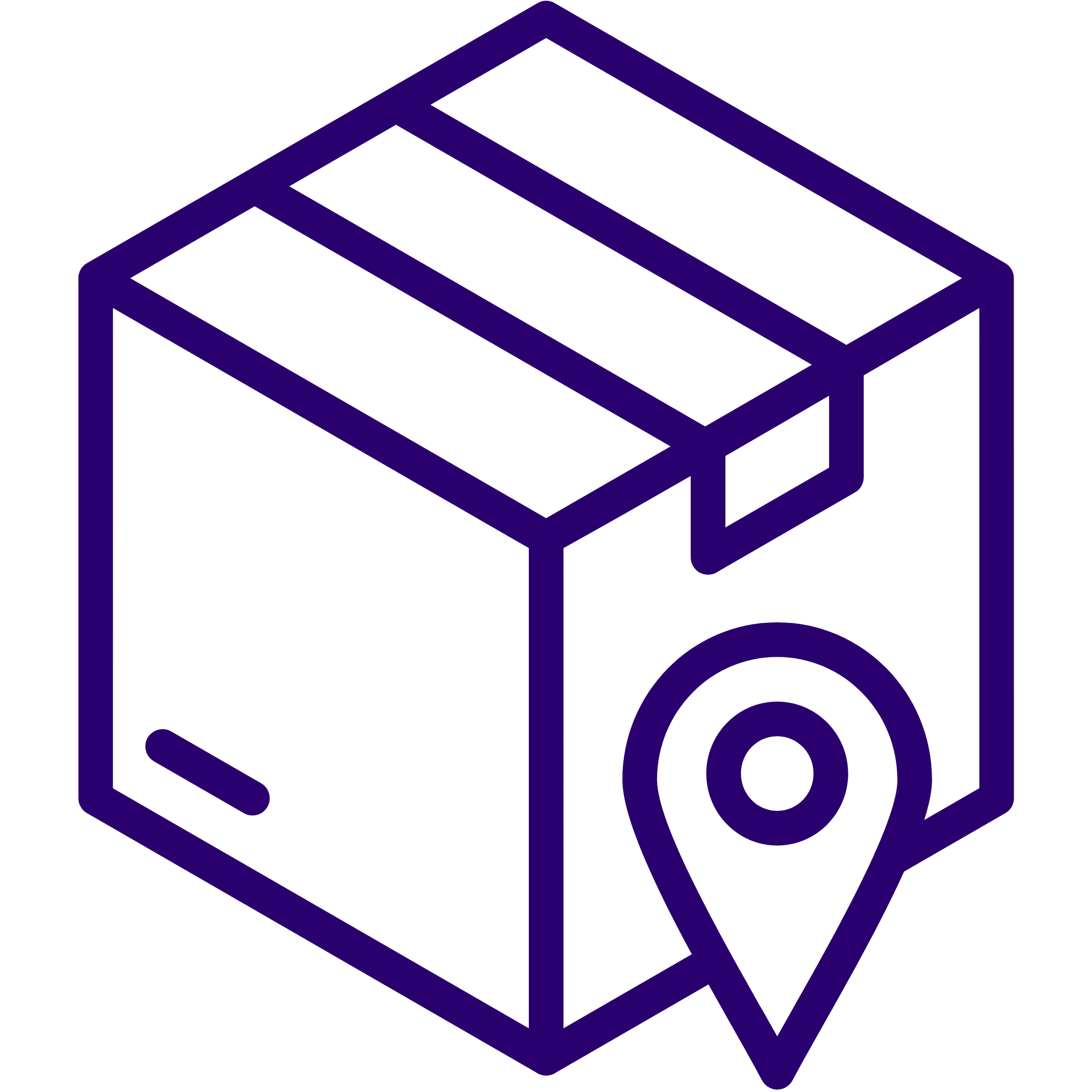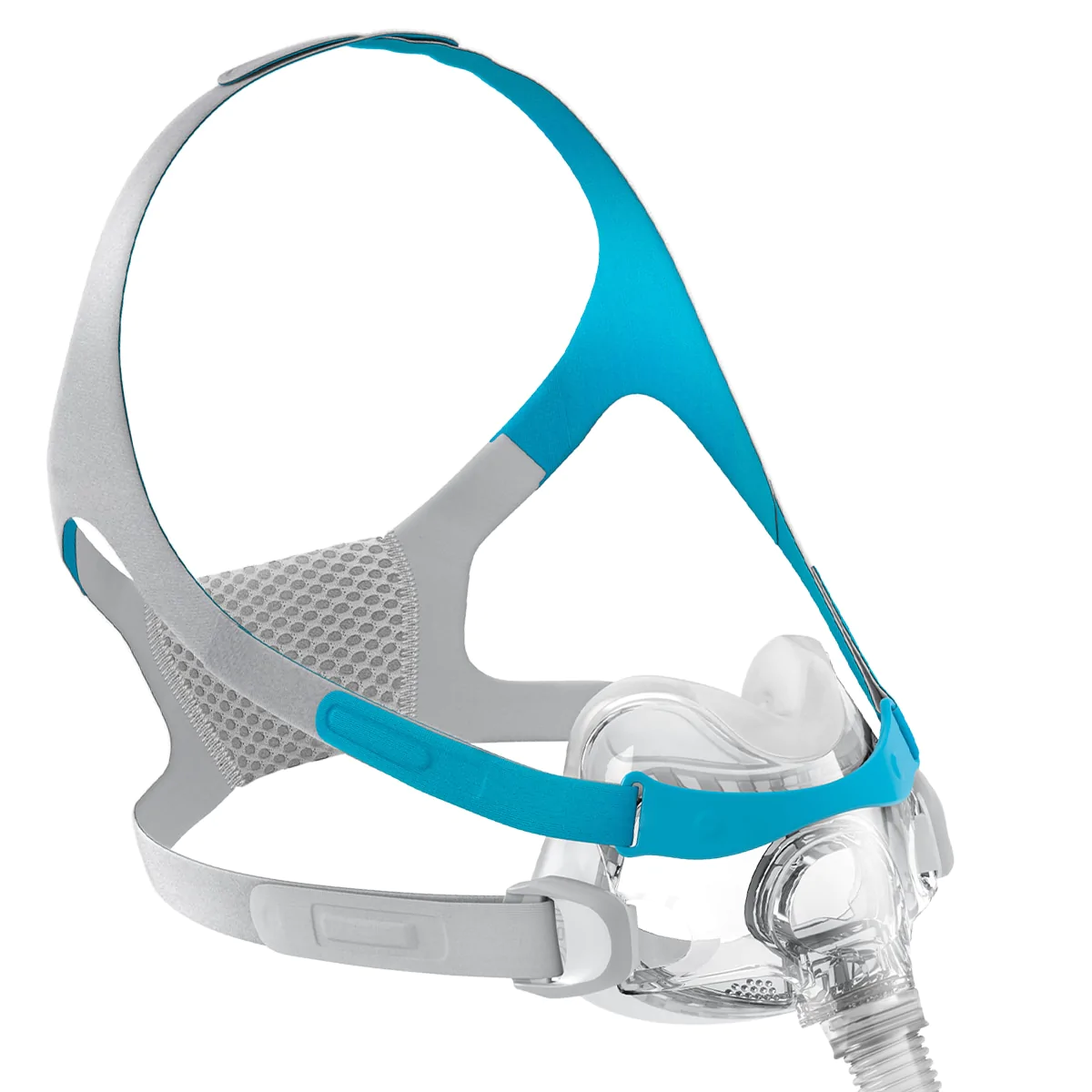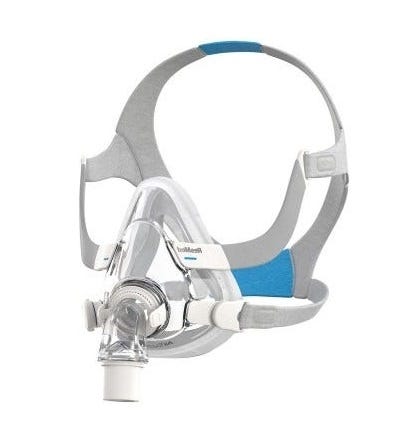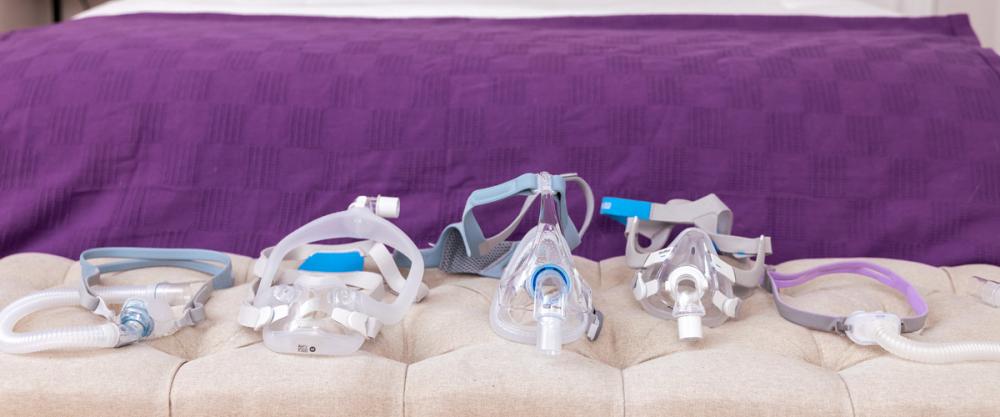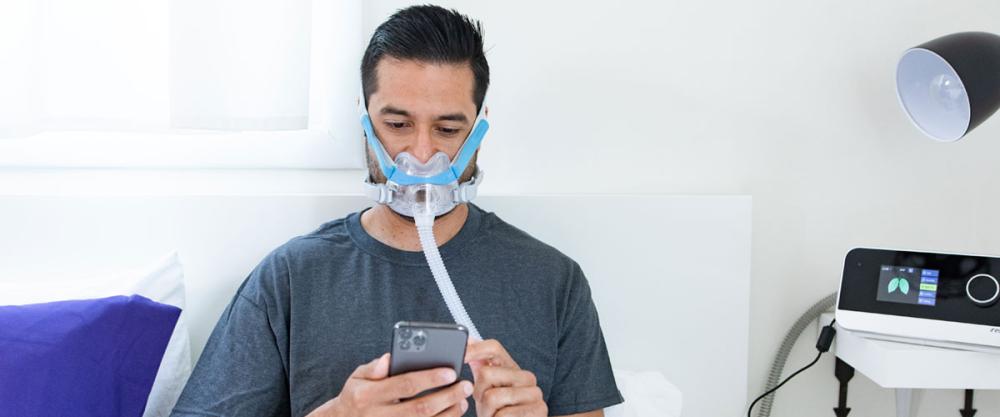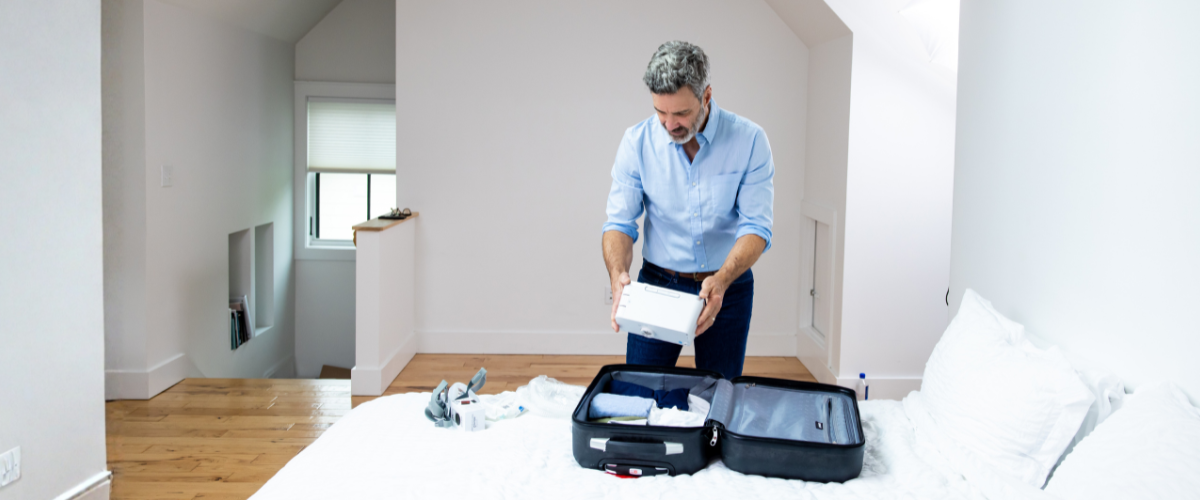Do you feel like you’re under a lot of pressure lately? CPAP pressure? If you have been diagnosed with obstructive sleep apnea, or OSA and use a CPAP device for treatment, you may be curious about your air pressure level. This pressure setting is determined and set specifically for you.
Your prescribed level will depend not only on the severity of your condition, but other considerations as well. Your weight, blood pressure, the anatomy of your mouth, nose and throat, even lifestyle factors like smoking and drinking – these will all factor in to the equation. It’s easy to see why trying to adjust your own pressure is not advised! Only a medical professional can make that call.
Some patients with high-pressure settings will quit CPAP therapy due to discomfort or the belief that their device isn’t working properly. The air might leak from their CPAP mask or irritate their skin with hurricane-like force. But quitting therapy isn’t the answer to protect your health. We'll go through how to determine if your pressure is too high and some steps you can take to relieve your symptoms.
Table of Contents
How Does A CPAP Machine Work?
Continuous positive airway pressure (CPAP) therapy is the gold standard for sleep apnea treatment. A CPAP machine is powered by a compressor that generates a specific amount of air pressure. A CPAP mask is placed on an individual’s face and a hose transfers the air from the compressor through the mask to hold your airways open during sleep.
The lowest CPAP pressure setting on all machines is typically around 4 to 5 centimeters of water pressure (also referred to as CWP or cm of H2O). Most people require something higher than the lowest setting, but a high setting usually roams toward the maximum machine setting, which ranges from 25 to 30 CWP.
How Can l Tell If My CPAP Pressure Needs Adjusting?
While adjusting to a CPAP machine takes a little practice, it’s not supposed to be uncomfortable. Your pressure levels may be too high if you experience the following CPAP side effects:
- You have a dry mouth and nose even with the use of CPAP humidification.
- Your CPAP therapy is uncomfortable.
- You start breathing through your mouth.
- You notice significant air leaks through your mask.
- You experience bloating due to swallowed air (also called Aerophagia).
- Fluid leaks from your ears.
- You still feel sleepiness during the day.
- Your AHI (apnea-hypopnea index) is above average per hour.
- It’s difficult to exhale against the incoming air.
- You wake up with dry eyes.


What Should My CPAP Pressure Levels Be?
Your doctor or sleep specialist will typically utilize the Apnea-Hypopnea Index (AHI) to determine the ideal setting for you. Your AHI score will indicate the number of apneas and hyoponeas you have during the night. Apneas are the periods when you stop breathing during the night. Hypopneas are periods of partial loss of breath. Apneas can vary among individuals based on sleeping positions, sleep stages, and more.
Additionally, a CPAP titration study will evaluate which pressure setting is optimal for your health and the results are determined by sleep clinicians. They will use this information to calibrate your device.
If you feel as if your pressure needs to be changed, consult your doctor or sleep specialist. Additionally, you may not need to have more studies performed once you record your CPAP compliance information and show the results to your doctor.
How Can I Adjust to High CPAP Pressure?
You don’t have to settle for discomfort if your doctor prescribes a high CPAP pressure. There are a variety of ways to increase comfort and enhance your sleep apnea treatment.
1. Try a New CPAP Mask
If your CPAP mask is incorrectly fitted, worn out, or dirty it may lead to leaks and discomfort. You may also have the incorrect type of mask for higher pressure settings. New CPAP masks are continuing to be developed in order to meet the individual needs of a variety of sleep apnea patients. So, instead of sticking to the same old mask, consider your options.
Fisher & Payke Evora Full Face Mask
The Evora Full Face Mask features a floating seal and stability wings that allow patients to move freely during sleep without sacrificing performance, all in a compact size. Unlike many traditional full face masks, the Evora rests under the nose as opposed to covering it completely, which eliminates pressure and irritation on the bridge of the nose and offers a clear sight line.
ResMed AirFit F30i Full Face Mask
Ideal for those who may feel claustrophobic in other full face masks, the minimal contact design of the AirFit F30i means that users are able to read, use a phone, or watch TV in bed, even if you wear glasses.
ResMed AirFit N30i Nasal Cradle Mask
The N30i Nasal Cradle Mask has an innovative curved frame to create a secure, yet weightless seal. Because the tube connects at the top of the frame you can enjoy freely sleeping in any position without becoming entangled. Plus, this mask is whisper-quiet, so high-pressure settings won’t disturb you or your partner.
Full Face CPAP Mask
The most comfortable CPAP mask type for high-pressure settings is usually a full face mask. They create a seal around your nose and mouth to distribute the air pressure over a larger area. They work especially well for mouth breathers.
Nasal CPAP Mask
Nasal masks only create a seal around the nose. They make less contact with your face, but direct all of the air pressure to your nostrils. While they are great CPAP masks for side sleepers, they might cause nasal irritation if you have a high-pressure setting.
However, a nasal CPAP mask with a foam cushion can provide an airtight, comfortable seal for higher pressure settings. A nasal mask with suction and side straps to secure the nasal mask so it will stay in place can be beneficial.
Nasal Pillow CPAP Mask
Nasal pillow masks have two pillow inserts that rest at the base of your nose, providing minimal contact with your skin. They are ideal for people who toss and turn in their sleep. Much like nasal masks, a high pressure setting may cause irritation for mask users.
What Are Some of the Best CPAP Masks for High Pressure Levels?
A few of the best CPAP masks for high-pressure settings include:
AirTouch F20 Full Face Mask by ResMed
ResMed calls the AirTouch F20 its softest mask ever, thanks to the UltraSoft mask cushion made of light but durable memory foam. The flexible foam reduces skin irritation and pressure on the bridge of the nose, but still provides a strong seal at a wide range of therapy pressures. It provides a breathable feel, but is secure enough to prevent air leaks in any sleeping position.
2. Use a Humidifier
You can get a CPAP with humidifier or a humidifier attachment to soften the air passing through your CPAP. Humidifiers add moisture to the air to prevent irritation from dryness. With a heated humidifier or CPAP tube, the air is also warmed. This can prevent chafing and help high-pressure settings become more tolerable.
Humidifiers are recommended for patients in dry climates and those with allergies because heated humidification can break up nasal congestion in addition to increasing comfort.
3. Try a Different Machine
If you are having trouble adjusting to your CPAP machine you can try an alternative PAP device.
BiPAP machine - A BiPAP is similar to a CPAP, only it offers Bilevel pressure. Meaning it can be set to two different pressure settings, to assist patients who have trouble exhaling against incoming pressure. The air pressure will be stronger as they inhale and will be lower as they exhale, while CPAP machines can only be set to a single pressure.
APAP machine - Also called an AutoCPAP, APAP stands for automatic positive airway pressure because it automatically adjust pressure settings based on the way a patient breathes. If you’re struggling to exhale the pressure will be decreased and if you’re experiencing an apnea the inhalation pressure will increase. They assist patients with high pressure settings and other respiratory issues.
Still Need Help?
Contact our dedicated sleep clinicians. We will be more than happy to work with you to solve any discomfort issues. Learn how to comfortably adjust to high CPAP pressure settings to effectively treat sleep apnea and experience the benefits of better rest!

